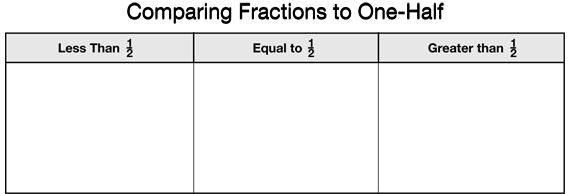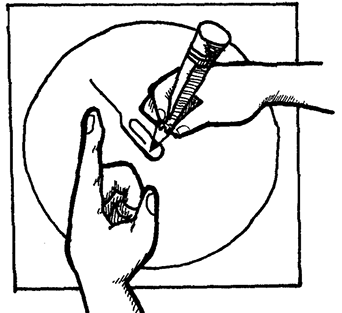Students use circle pieces to understand that dividing the unit whole into a greater number of equal parts results in smaller parts. Students use manipulatives and number lines to categorize fractions as those that are less than, equal to, or more than one-half using one-half as a benchmark for comparing fractions.
Content in this Lesson
- Representing fractions using circle pieces, paper strips, and number lines [E1].
- Representing fractions using words and numbers [E2].
- Partitioning shapes into given fractions [E6].
- Recognizing that fractional parts of a unit whole may be different shapes but must be the same size [E3].
- Finding equivalent fractions using models (e.g., circle pieces, fraction strips, number lines, drawings) [E9].
- Comparing fractions using models and one-half as a benchmark [E10].
Daily Practice and Problems S–V
Assessment in this Lesson
| Assessment | Expectation Assessed | Math Practices Expectation Assessed |
|---|---|---|
|
Sharing Pizza |
|
|
|
DPP Item U |
|















